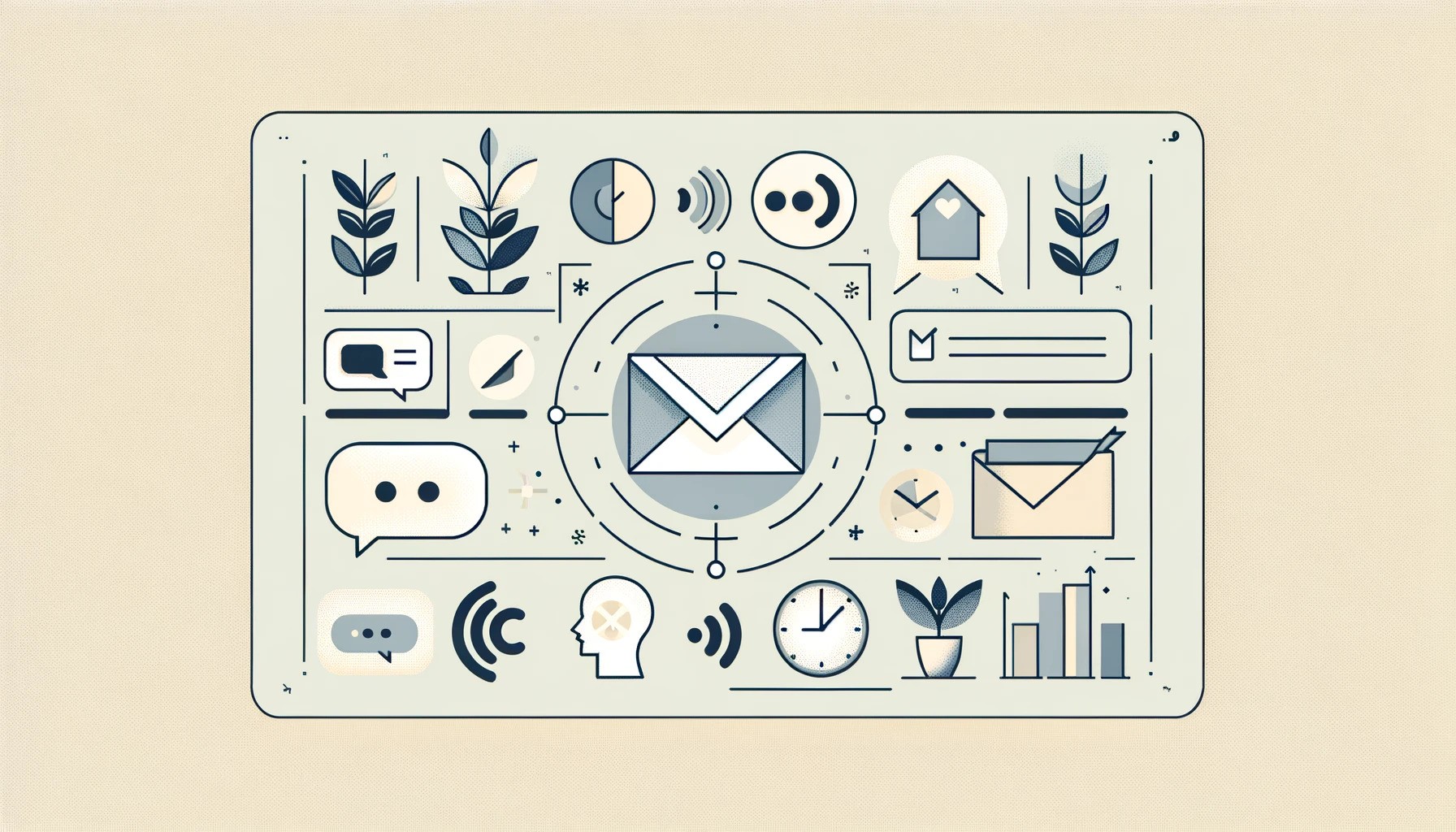Considerate Digital Communication

Considerate Digital Communication is the practice of using digital communication tools in a respectful and mindful manner that prioritizes the time, attention, and well-being of others. It aims to reduce digital noise, prevent spam-like behaviors, and promote a more efficient exchange of information.
You probably recognized several patterns of non-considerate communication in your day-to-day work. It’s a big part of why we must use “mute buttons” and suppress notifications in our instant communication tools such as Slack, MS Teams, etc.
There are many examples of abusing and misusing communication tools that make our lives a bit noisier than they should be. Maybe you’re also the culprit, and you’re not even aware of it.
Here are four guidelines for being more considerate of people’s time regarding how you communicate digitally.
Note to readers: I coined the phrase “Considerate Digital Communication” as an umbrella term for anything fitting the definition at the beginning of the article. If you have any input or ideas for more guidelines, I’d love to hear those. The best way to contact me is by email, which you can find on the homepage.One message ought to be enough
If you send someone an email, tag them in the project management app, tag them in another channel, etc., DON’T immediately send them another message that you did so. If you created any action that resulted in the notification for the receiver, don’t double it, reminding them about it immediately. It creates noise and it’s spammy behavior.
Maybe you’re frustrated that people are not paying attention or ignoring crucial messages, but you’re not doing anyone favors by nannying your colleagues. Everyone is responsible for doing their work and following up on the work they’re responsible for. If that’s not working out, that’s a topic for another conversation (and a serious one). That behavior is never fixed by repeatedly messaging someone about the same thing.
Courteous, properly spaced reminders are, of course, fine. A good example of this would be reminding a group of meeting attendees about checking their prep work before the event that was scheduled some time ago.
Discourage the stream-of-consciousness writing
Definition: Stream of consciousness is a narrative style that tries to capture a character’s thought process realistically.
Here’s a hypothetical example of stream-of-consciousness writing about a problem John is trying to relay to Tom:
10:23 AM John: hey, Tom10:23 AM John: two users called this morning to say that our shop is really slow
10:26 AM John: I don’t know what’s going on
10:28 AM John: can you help me find the problem
10:29 AM John: I tried to contact Sarah, but she’s offline
10:32 AM John: one user just sent me an email that everything is working fine now, but
11:13 AM John: hey, I checked the logging information for the database
11:18 AM John: I think it’s something about the regular maintenance on our provider’s side
11:21 AM John: ah, it’s not, it’s something from our side
11:23 AM John: I’m trying to think if I actually changed something, hmmm weird
11:41 AM John: ah, to hell with it; it’s all okay now
This type of communication is overly time-consuming and confusing. Let’s say that Tom opened the chat at 10:23 AM. He would stare at the screen, looking at the “user is writing…” indicator, waiting for the next message of revelation from John just to be disappointed by receiving another bit of John’s incoherent rambling.
Instead of writing a stream of short messages (generating multiple notifications in some apps), take the time to write a self-contained message. Add as much context as you can and wait for the response. If something is urgent, there are probably other (and better) ways to escalate.
Use cross-posting sparingly
There’s nothing wrong with cross-posting, but some people tend to do it excessively. Before cross-posting, think about the people that make up the channels you’re cross-posting to.
Many companies will have dedicated channels for announcements and general discussions where people are usually added on their first day of work. If you post something there, there’s little value in posting the same thing on other channels.
Cross-posts make sense if an announcement is applicable to two or more teams that lead their discussions in different channels. Companies with many cross-posts on their communication platform could benefit from better channel organization and communication strategy.
If you’re on the receiving end of many of the same messages that were cross-posted, raise that with your manager (or anyone able to help improve the processes in the company). Maybe you can investigate the root cause and hopefully make some improvements!
Avoid direct messaging people in off-hours
One of the advantages of the modern workplace is the flexibility. A lot of work can be done nowadays from anywhere, and what’s more important for this section – anytime. That means that our digital communication spaces are occupied and used 24/7.
There’s nothing wrong with that fact, but it inadvertently brings that FoMO (Fear of missing out) phenomenon with some people. Even if the workplace relentlessly works on telling its employees they shouldn’t check the work tools in the off hours, FoMO can often kick in. That’s why we can and should be considerate to each other by scheduling the messages if possible.
Most, if not all, instant messengers can schedule a message in some way. If you need to message someone directly or tag them (anything that will trigger the notification) in some channels and you’re working at a different time, schedule that message for the company’s regular working time.
By doing that, you’re also helping create a culture that respects the work-life balance and doesn’t add unnecessary pressure.
